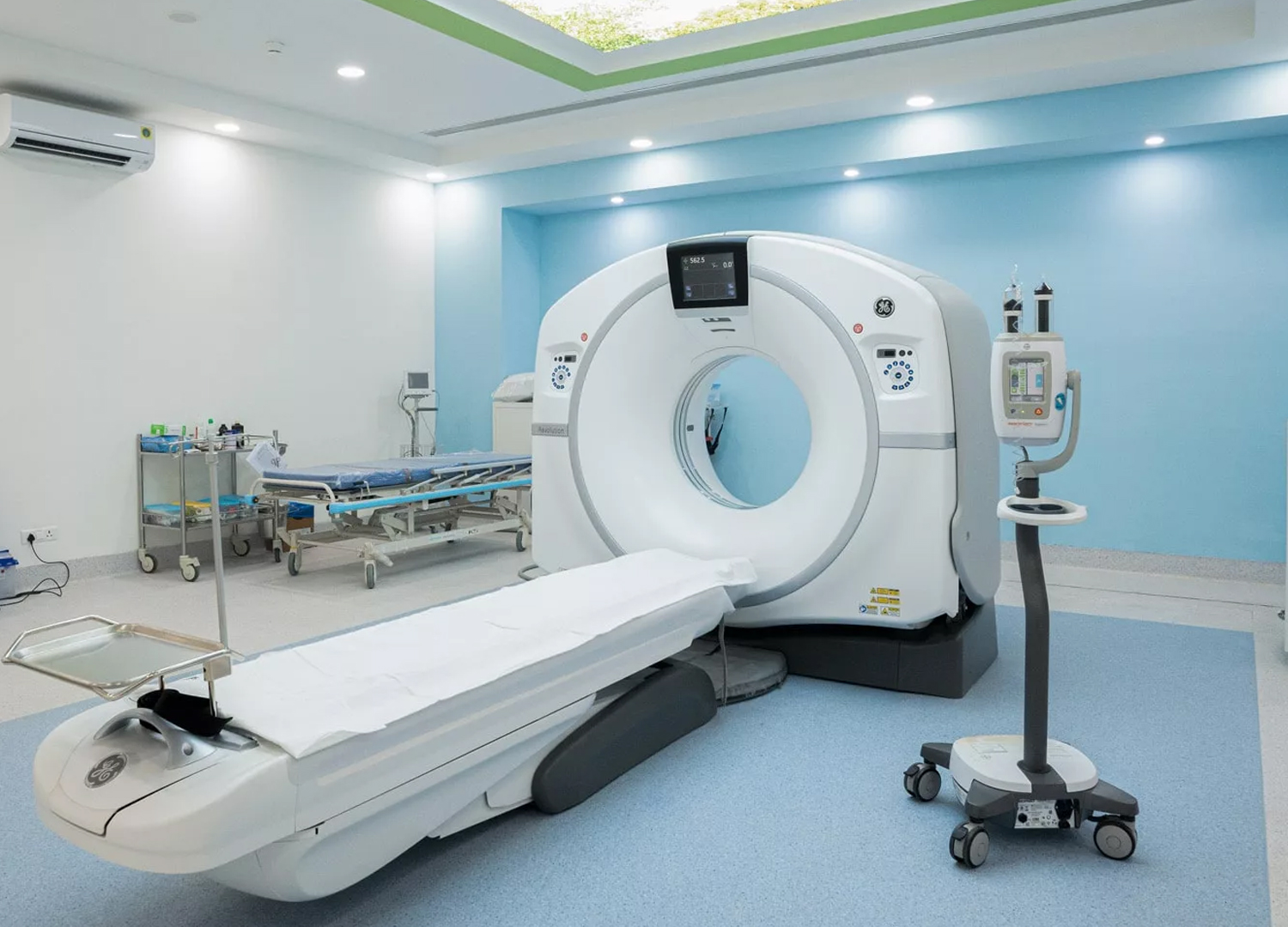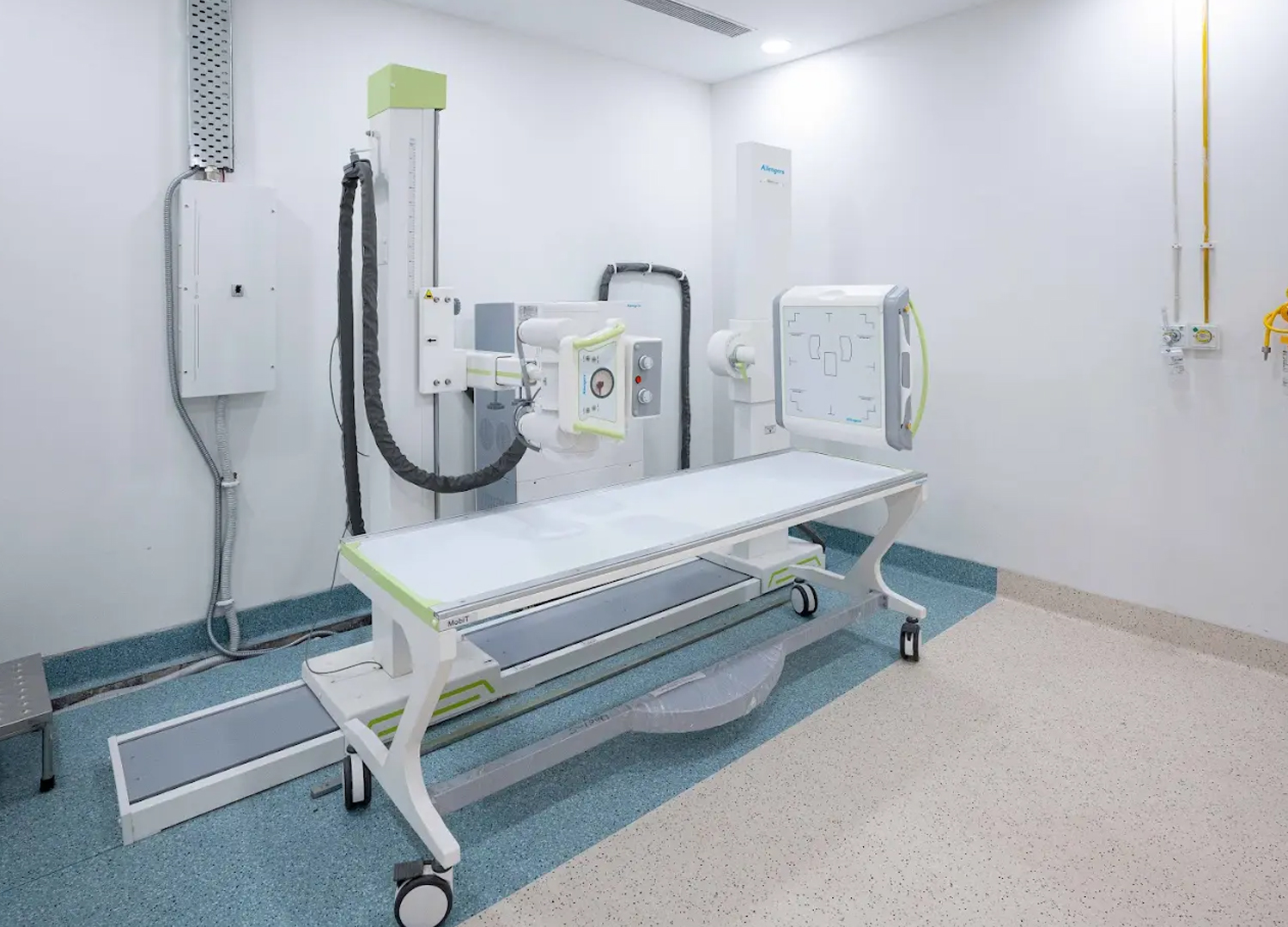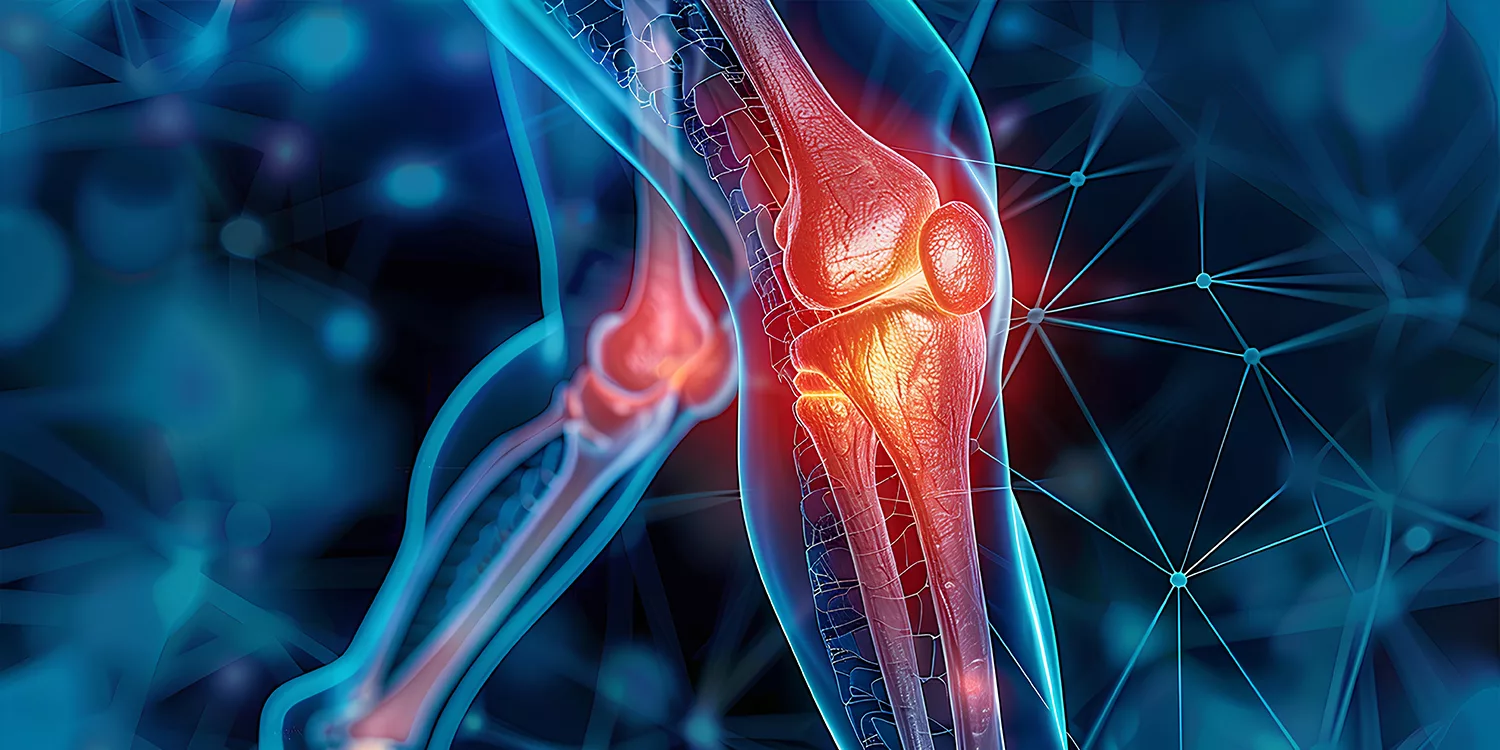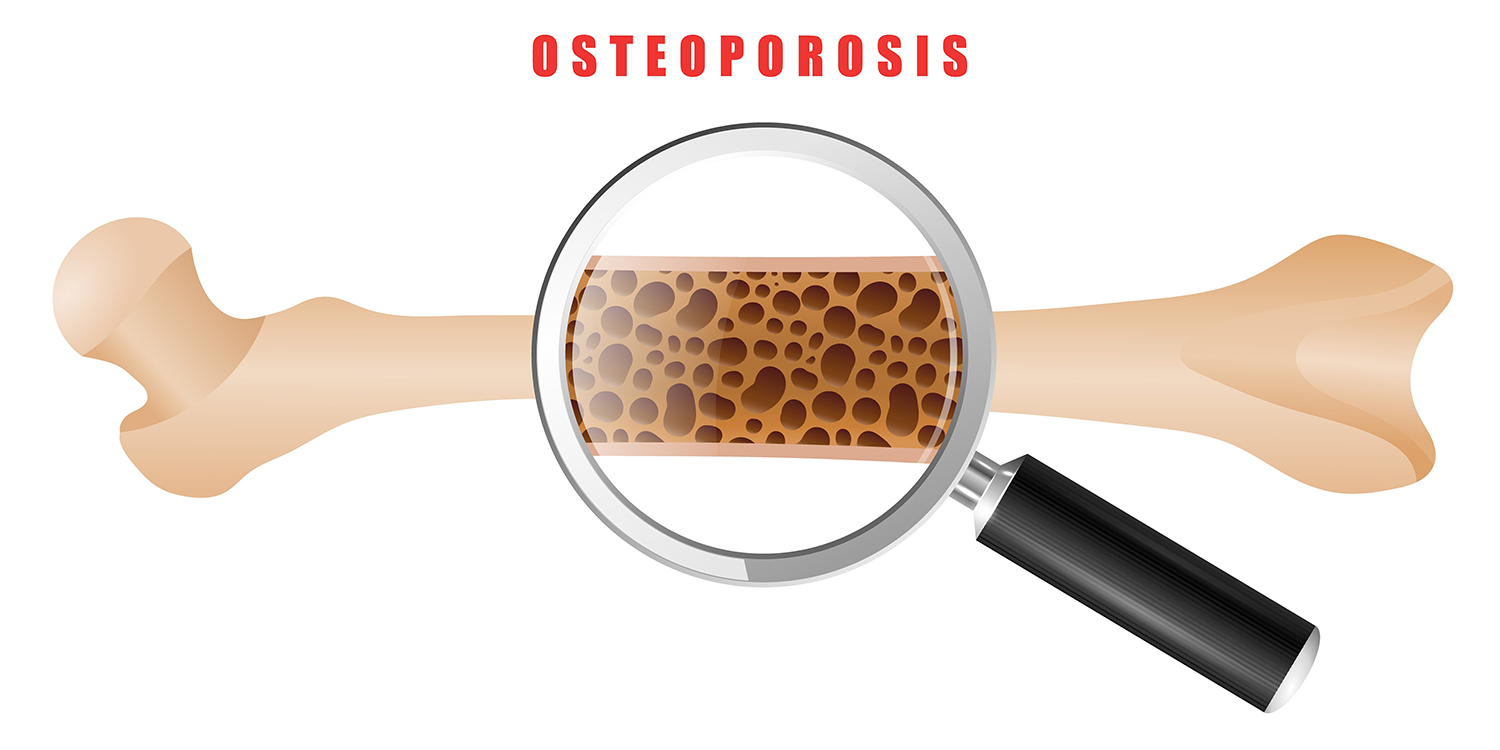At Graphic Era Hospital, we offer cutting-edge minimally invasive surgery (MIS) for a wide range of conditions across specialities such as gastroenterology, cardiology, orthopaedics, gynaecology, and urology. This advanced technique involves smaller incisions, precision tools, and often robotic or image-guided assistance, offering benefits such as reduced pain, faster recovery, and minimal scarring. As a leading minimally invasive surgery hospital in Dehradun, Graphic Era Hospital has a team of experienced surgeons committed to delivering high-quality, patient-centred care using the latest technologies and evidence-based protocols for optimal surgical outcomes.
When to Consider Minimally Invasive Surgery?
Minimally invasive surgery (MIS) is often recommended for conditions that require surgical intervention but can be managed without large incisions. These procedures offer a safer, less traumatic alternative to traditional open surgery, especially when early diagnosis allows for timely treatment. Your doctor may recommend MIS for the following conditions:

- Gallstones or gallbladder disease requiring laparoscopic removal
- Hernias that need repair through small incisions
- Gynaecological conditions such as fibroids, ovarian cysts, or endometriosis
- Coronary artery disease requiring minimally invasive bypass surgery
- Mitral or aortic valve disorders suitable for valve repair or replacement
- Spinal disc herniation or stenosis needing minimally invasive spine surgery
- Prostate or kidney conditions requiring laparoscopic urologic surgery
- Diagnostic procedures like laparoscopic biopsy or exploration
- Treatment of early-stage cancers in the colon, uterus, or kidney
- Glaucoma requiring minimally invasive eye surgery
Key Considerations Before Undergoing Minimally Invasive Surgery
Before proceeding with minimally invasive surgery (MIS), your healthcare team will assess whether this approach is appropriate for your condition and overall health. Preoperative evaluation helps ensure safety, effectiveness, and realistic expectations. Important considerations include:
- Detailed diagnostic imaging (CT, MRI, or ultrasound) to evaluate surgical feasibility
- Assessment of overall health, comorbidities, and surgical risks
- Discussion of available alternatives, including traditional surgery if needed
- Understanding the type of anaesthesia required
- Potential limitations or disadvantages of MIS based on anatomy or disease stage
- Expected length of hospital stay and recovery time
- Preoperative fasting and medication instructions
- Post-surgery mobility, activity restrictions, and follow-up plan
- Cost estimates and insurance coverage for MIS procedures
- Emotional readiness and support during recovery
Minimally Invasive Procedures Offered at Graphic Era Hospital
Graphic Era Hospital provides a wide range of minimally invasive procedures across multiple surgical specialities. These techniques are designed to treat complex conditions with greater accuracy, less tissue damage, and quicker recovery. Common minimally invasive procedures include:
- Laparoscopic Surgery: For gallbladder removal, hernia repair, appendectomy, and diagnostic procedures
- Minimally Invasive Cardiac Surgery: Including bypass surgery, valve repair, and valve replacement through small incisions
- Minimally Invasive Spine Surgery: Treatment for disc herniation, spinal stenosis, and vertebral fractures with reduced trauma
- Minimally Invasive Gynaecologic Surgery: For fibroids, ovarian cysts, endometriosis, and hysterectomy
- Minimally Invasive Urologic Surgery: Kidney stone removal, prostate surgery, and treatment of urological cancers
- Minimally Invasive Glaucoma Surgery (MIGS): For lowering intraocular pressure using advanced eye procedures
- Minimal Access Surgery in Oncology: For early-stage tumours in the gastrointestinal, reproductive, or urinary tract
Doctors Available
Dr. Dayashankar Rajagopalan
Consultant
GI, MI & Bariatric Surgery
Experience: 12 Years
Book An AppointmentWhy Choose Graphic Era Hospital for Minimally Invasive Surgery?
At Graphic Era Hospital, we combine innovation with expertise to offer minimally invasive procedures that prioritise precision, safety, and patient comfort. Our surgical teams are committed to delivering outcomes that enhance both recovery and long-term quality of life.
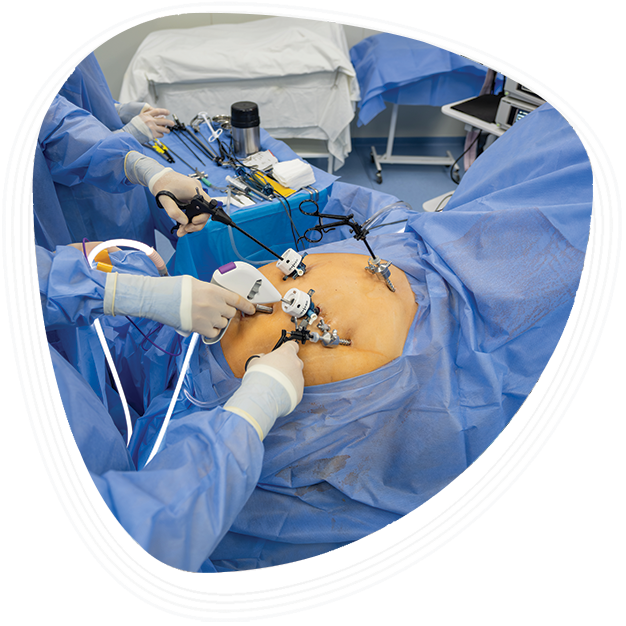
Benefits of Minimally Invasive Surgery
Minimally invasive surgery offers significant advantages over traditional open procedures, making it a preferred choice for many patients. At Graphic Era Hospital, we focus not only on successful surgical outcomes but also on ensuring a faster, safer, and more comfortable recovery. Key benefits include:
- Reduced Pain: Smaller incisions result in less tissue trauma and lower post-operative discomfort
- Shorter Hospital Stays: Many patients are discharged the same day or within 24–48 hours
- Faster Recovery Times: Quicker return to normal activities and work compared to open surgery
- Lower Risk of Infection: Small incisions reduce the likelihood of wound infections
- Minimal Scarring: Better cosmetic results due to tiny or hidden surgical cuts
- Improved Mobility: Early ambulation and physiotherapy support help regain function sooner
- Lower Blood Loss: Advanced techniques reduce the need for transfusion or blood-related complications
- Better Quality of Life: Faster healing means reduced emotional stress and improved daily comfort
Top Procedures
- Laparoscopic cholecystectomy (gallbladder removal)
- Laparoscopic hernia repair
- Minimally invasive hysterectomy and fibroid removal
- Laparoscopic appendectomy
- Minimally invasive coronary artery bypass surgery
- Minimally invasive mitral and aortic valve surgery
- Minimally invasive lumbar spine decompression and discectomy
- Robotic-assisted prostate and kidney surgeries
- Minimally invasive glaucoma surgery (MIGS)
- Keyhole procedures for gastrointestinal and urological cancers
Minimally Invasive Surgery Conditions Treated at Graphic Era Hospital
Advanced Diagnostics & Technology
- Offers high-resolution imaging for detailed blood vessel analysis, aiding in accurate diagnosis and treatment planning.
- Delivers advanced imaging with high resolution for clear, detailed views of soft tissues, ensuring precise diagnostics.
- Provides high-quality, detailed radiographic images for accurate diagnosis with minimal exposure to radiation.
Other Specialities
Patient Stories
Blog
Frequently Asked Questions (FAQs)
What is minimally invasive surgery and how does it differ from traditional surgery?
Minimally invasive surgery uses small incisions, specialised instruments, and sometimes robotic systems to perform procedures with less trauma. Unlike traditional open surgery, it typically results in quicker recovery, less pain, and minimal scarring.
What are the advantages of laparoscopic surgery over open surgery?
Laparoscopic surgery offers reduced post-operative pain, shorter hospital stays, faster recovery, smaller scars, and a lower risk of complications compared to traditional open procedures.
Are all surgeries suitable for a minimally invasive approach?
Not all conditions qualify for minimally invasive surgery. Your eligibility depends on the type, severity, and location of the disease. The surgeon will assess your case to determine the safest and most effective option.
What is the recovery time after minimally invasive spine surgery?
Recovery varies, but most patients return to daily activities within 2 to 6 weeks, significantly faster than traditional spine surgery. Factors like age, general health, and procedure type influence recovery.
Is robotic surgery considered a type of minimally invasive surgery?
Yes, robotic surgery is an advanced form of minimally invasive surgery that enhances precision and control during complex procedures using robotic arms and high-definition visual systems.
What are the disadvantages of minimally invasive heart surgery?
While MIS offers faster recovery and smaller scars, it may not be suitable for all heart conditions. It requires specialised equipment and expertise, and there may be limitations based on anatomy or disease complexity.
How much does minimally invasive spine surgery cost in India?
Costs vary based on hospital, surgeon experience, procedure type, and technology used. While generally more cost-effective in the long run due to shorter stays and quicker recovery, exact pricing should be discussed during consultation.

